―
Are cows the culprit of global warming?
Greenhouse gas emissions: 4 cows = 1 car
―
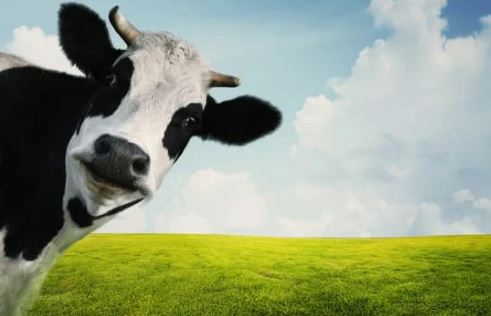
We hear about cows being the main culprit of global warming, but is this true?
In 2006, the Food and Agriculture Organization of the United Nations (FAO) published a shocking book titled Livestock’s Long Shadow, which explored the link between the climate crisis and meat consumption.
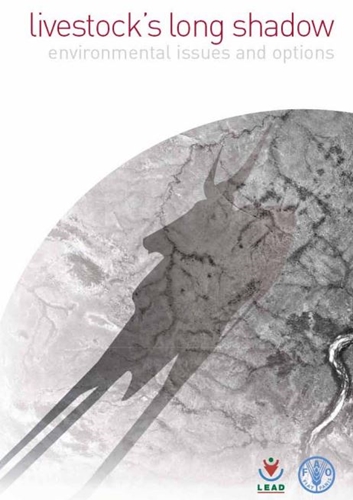
https://www.fao.org/3/a0701e/a0701e00.htm
The gist of the book is that the livestock industry has a worse impact on global warming than the transportation industry, and that the livestock industry’s greenhouse gas emissions account for 18% of the total carbon dioxide emissions.
It also claims that the greenhouse gas emitted by four cows a year is equivalent to the greenhouse gas emitted by one car. So how does this happen?
Ruminants such as cattle, sheep, and goats digest the grass or grains, and methane gas (CH4) produced through intestinal fermentation is excreted through burping (passing gas). Methane and nitrous oxide (N2O) are also generated from livestock manure.

Compared to carbon dioxide, methane gas causes about 28 times the greenhouse effect, and nitrous oxide causes about 310 times the greenhouse effect.
In addition, the report also included greenhouse gases generated in the entire process, including feed production, distribution, and forests lost to make pastures—all the cause of global warming caused by the livestock industry.
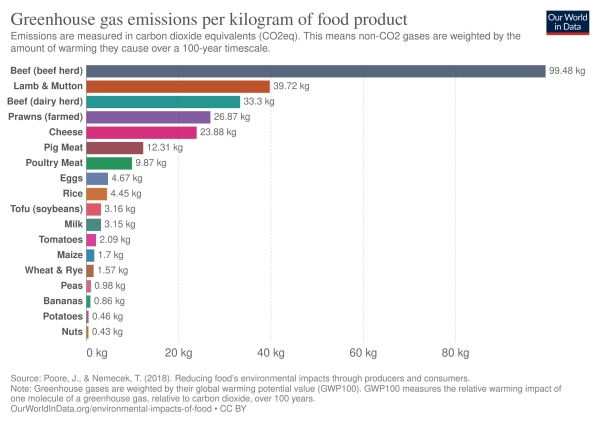
(Source: Our World in Data)
The global livestock industry immediately protested. The transport industry pointed out that the comparison is distorted because transport emissions only include emissions from fossil fuels burned while driving, while livestock emissions include the entire industry.
However, Science Magazine in 2018 also proves that the food industry's greenhouse gas emissions are not formidable. According to Science magazine, 26% of greenhouse gases come from the food industry, of which the livestock industry and aquaculture account for about 52%.
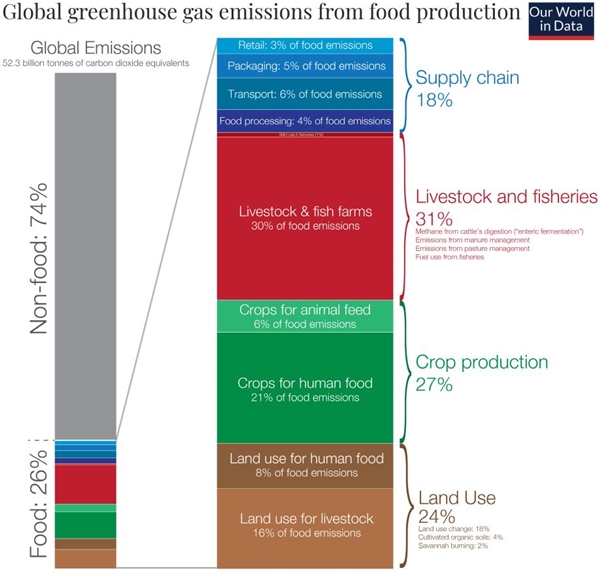
Although the debate continues over whether cows are a cause of climate change, it seems clear that the livestock sector must make efforts to prevent global warming, given the continuous reports on the livestock industry and climate change.
―
Fast-growing alternative meat market
―
The Food and Agriculture Organization of the United Nations (FAO) predicts that the world population will reach 9.8 billion by 2050. Moreover, with population growth and economic growth in developing countries, meat consumption continues to increase, and it is estimated that by 2050, people will consume 450 million tons of meat per year.
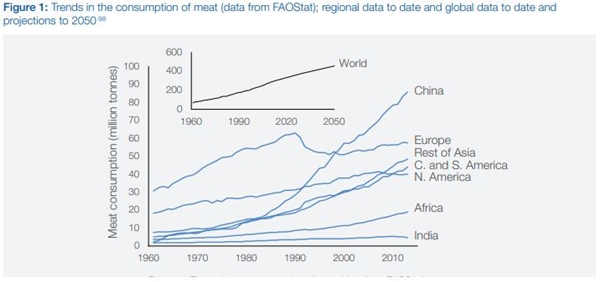
(Trend of meat consumption by region from 1960 to 2010 and global demand forecast until 2050. Source: World Economic Forum)
https://www3.weforum.org/docs/WEF_White_Paper_Alternative_Proteins.pdf
According to the Food and Agriculture Organization of the UN (FAO), increasing demand for meat will require that by 2050, most of the land be used for livestock breeding grounds and livestock feed, and 90% of the world's fresh water will be used for agriculture and animal husbandry.
As a warning about food and environmental problems caused by population growth, the UN recognizes the close link of the food system to the achievement of the Sustainable Development Goals and continues to conduct research.
At the end of 2019, the EU Commission has called for efforts to reduce carbon emissions, to prevent excessive use of soil, forests and marine resources and to develop alternative protein sources.
Combined with this atmosphere, there has been a lot of change in perception of meat eating in recent years. There's a growing interest in alternative meat instead of real meat. With the recent proliferation of 'Meaning Out' consumption, which values individual beliefs and values, mainly among the younger generation, alternative meats have been recognized as health, environmental protection and animal welfare, and the market for alternative meats is growing worldwide.
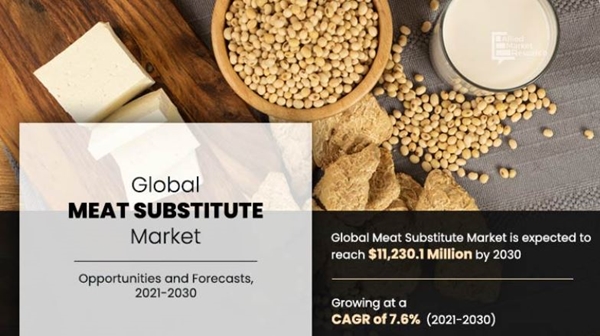
Alternative meat is a "food that has a meat-like taste and shape" and is divided into vegetable alternative meats, stem cell rearing, insect proteins, fungal proteins, and algae proteins.
According to AMR, a global market research firm, by 2022, with the global alternative meat market size at 7.18 trillion won ($54.777 million), it is predicted to double by 2030 to reach 14.717 trillion won ($112.3 million).
https://www.alliedmarketresearch.com/meat-substitute-market
By 2040, alternative meats will account for over 60% of the total meat market.
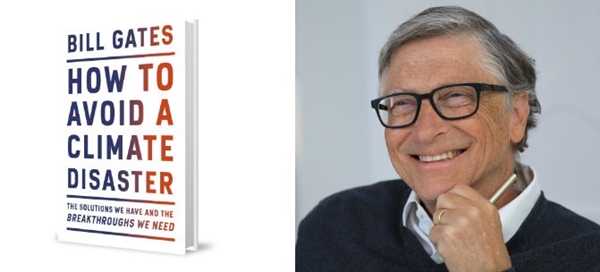
It's well known that Bill Gates invested large sums in alternative meat companies such as Beyond Meat and Impossible Foods. Bill Gates, in his recent book, How to Avoid a Climate Disaster, emphasizes that in order to stop climate change, rich countries must first switch to 100% alternative meat.
https://www.technologyreview.com/2021/02/14/1018296/bill-gates-climate-change-beef-trees-microsoft/
(Bill Gates Interview Encouraging Alternative Meat)
―
Plant-based alternative meats
―
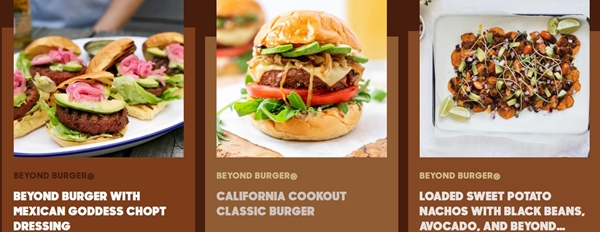
(Source: Beyond Meat)
Plant-based alternative meats are foods made using proteins derived from plants such as soy, wheat, and pumpkin, which have the advantage of lower production time and cost compared to other alternatives.
Plant-based alternative meats currently hold the largest share of 87.2% of the alternative food market. Bloomberg expects the plant-based food market to grow from US$294 billion in 2020 to US$1.62 billion in 2030.
Beyond Meat, a publicly traded company in the United States, and Impossible Foods, which has become famous for its collaboration with Burger King, are areas where global food companies such as Nestlé and CJ are increasing their investments.
―
Stem cell in vitro meat
―

(World's first test tube bred hamburger patty cost 303.6 million won)
Stem cell embryonic rearing is protein made by directly culturing animal cells. Initially, it was called "Cultured meat" for laboratory making, but now it is called "clean meat" in the sense that it is produced in a clean facility rather than a breeding facility.
Studies have also shown that the maximum land use can be reduced by 99%, freshwater use by 96%, and gas emissions by 80% compared to the traditional livestock production method. It is possible to replace saturated fatty acids that are harmful to the human body with beneficial fatty acids such as Omega-3s without the use of antibiotics.
However, there is still an issue of expensive production costs.
In 2013, in London, the world's first hamburger patty made of cultured meat was produced. The price of one of these patties was 250,000 euros, which was reportedly fully funded by Google founder Sergey Brin, who was uncomfortable with the standard methods of cruel breeding and slaughter of cattle.
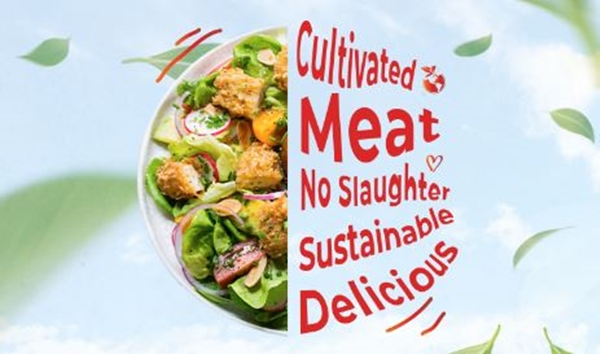
(Image source: FutureMeat)
In 2020, a restaurant in Singapore that offered a cultured meat menu from a Silicon Valley company called ItJust was first opened, and in 2021, an Israeli company called FutureMeat opened the world's first clean meat culture plant. The company announced that it has lowered the production cost for each chicken breast patty to US$7.50.

(Cultured salmon. Source: WildType)
A U.S. company called WildType, which develops artificial cultured seafood, has announced that it can produce 22.7 tons of salmon for sushi per year.
If the high cost and the resistance to GMO foods that are genetically modified are overcome, it is hoped that mass production will be the key to solving future food shortages.
―
Insect proteins
―
Insects have long been a source of protein for mankind, along with meat. China, Thailand and Africa have been eating insects as a food ingredient. It is estimated that the current supply of edible insects in the world could feed 2.5 billion people.
Currently nine species of edible insects are known: locusts, crickets, and edible silkworms.
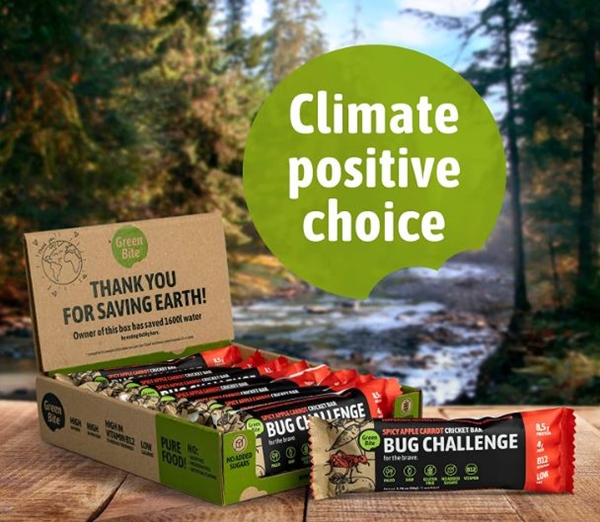
(Insect protein bars sold on Amazon)
In North America, Europe, etc., in order to eliminate the rejection that comes from the appearance of insects, they are mainly commercialized and consumed in the form of processed foods such as energy bars and food powder.
The insect protein market is also growing steeply. Global Market Insights, a market research firm, forecasts that by 2024, a US$701 million edible insect market will have developed.
A World Economic Forum report found that the equivalent amount of carbon dioxide (CO2eq) produced by the production of 200 kg of beef is about 24 kg, while the emission of a corresponding mass of edible insect protein is only 0.7 kg.
The International Insect Food and Feed Organization (IPIFF), a non-profit organization in the European Union (EU); the IPIFF has announced that by using food waste for insect culture we can reduce the amount of food waste by 30% and create an environmentally friendly natural food supply system.
―
Algae and mushroom proteins
―

(Fried cutlets (korokke) made from algae. Source: NHnovatech)
Algae alternative meats made from seaweed, kelp, spirulina, etc. do not require land or fertilizer, and are an environmentally friendly source of protein because they absorb carbon as the algae grow.
A South Korean company extracted hem molecules (HEME) from seaweed and kelp that give the meat flavor, and it is described as having a real meat flavor by mixing the heme molecules with halibut fish. Depending on the type and proportion of amino acids that make up the heme molecule, different meat flavors can be produced. It's amazing!
○ Fungal proteins
Fungal proteins are foods made from Mycoprotein, which is derived from mushroom fungi. Bacterium proteins are not found in common mushrooms but are made by fermenting special cultures in the laboratory.
Mycoprotein, a fungal protein, has a structure similar to chicken breast and is described as having no significant difference in texture from real meat. The University of Exeter in the United States published a study that found that people who ate microproteins had more than 2 times higher muscle growth rates than those who ate milk protein.
―
What are the Challenges?
―
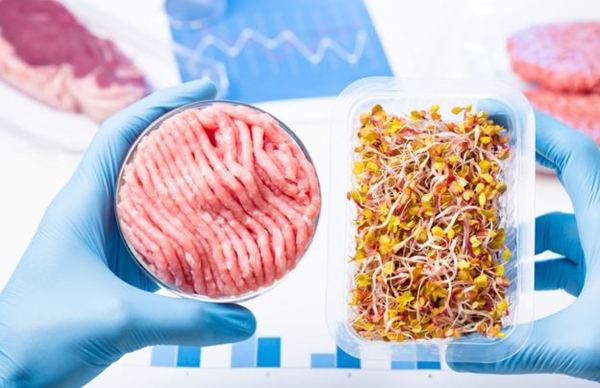
Although the alternative meat market is getting bigger, there are still many challenges to overcome.
○ Taste and texture still fall short of the real thing
First issue is the taste and texture. The taste and texture that is not yet competitive with real meat is said to be what makes people who have tried alternative meat hesitant to buy it again.
With plant-based alternative meats, the lack of a clear basis for determining whether the numerous additives that go into flavoring meat are harmless to health is a sizable task to be solved.
○ Carbon dioxide is generated during the development process
In terms of climate issue, studies have shown that artificial meat culture has an adverse effect on global warming comparable to livestock breeding.
In 2019, the BBC reported on a study by researchers from the Oxford Martin School on the long-term effects of livestock and "clean meat" on the climate.
Energy needed to produce artificially cultured meat comes from fossil fuels, and the carbon dioxide produced remains in the atmosphere for thousands of years, whereas the methane gas emitted by cattle disappears in about 12 years, so in the long run, laboratory meat has a greater impact on global warming.
That's why the researchers emphasize the importance of energy efficiency and sustainable energy use levels in the production of artificial meat products.
https://www.bbc.com/news/science-environment-47283162
○ Conflict with traditional animal husbandry
The alternative meat sector is in sharp confrontation with the traditional livestock industry, especially with the issue of its name.
The livestock industry argues that the use of the term 'meat' in alternative meats is confusing to consumers and should be called livestock alternatives, cell culture foods, etc.
In fact, in 2021, the U.S. state of Texas banned the use of terms like "meat" and "beef" on labels of alternative meat foods made from plants, cultures, and insects that are not from slaughtered livestock.
The European Union (EU) has also accommodated some of the demands of the livestock industry, prohibiting the use of names such as "yogurt" or "milk" on plant foods. However, names such as "burger" and "sausage" are allowed.
The livestock industry is not the only group that opposes it. They are striving to reduce greenhouse gas emissions in the animal husbandry sector by improving low-methane feed and manure treatment methods using algae, etc.
―
It’s not the cow’s fault
―
Cows have always been living their lives, grazing in the grass field. It was human beings who have unnaturally increased the number of livestock for their needs. And now the cows are blamed for the increase in greenhouse gas emissions. It may be that human beings hold the path to resolving the problem they created.
Written by Sharon Choi
Director of Planning
Sunhak Peace Prize Secretariat

